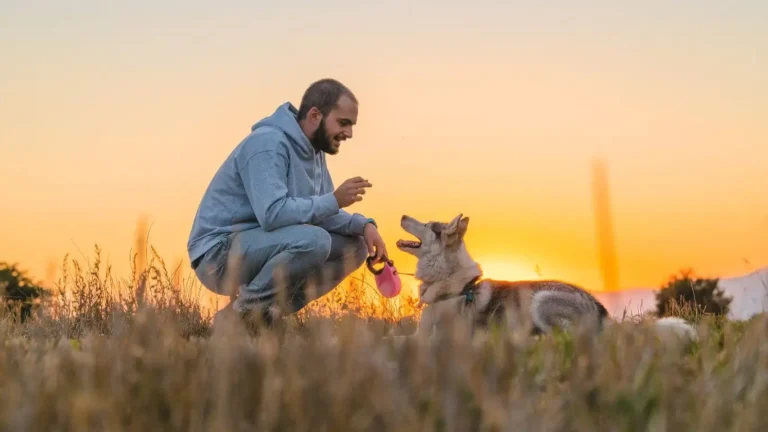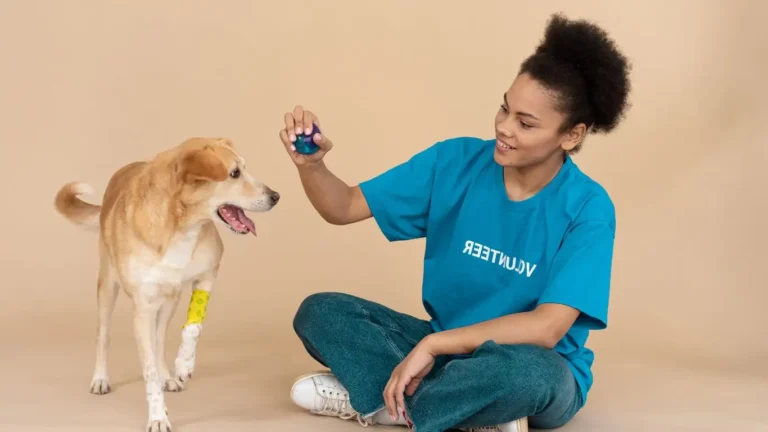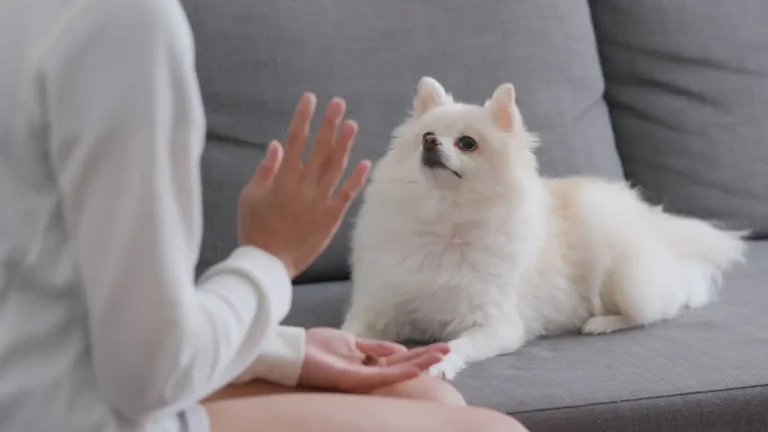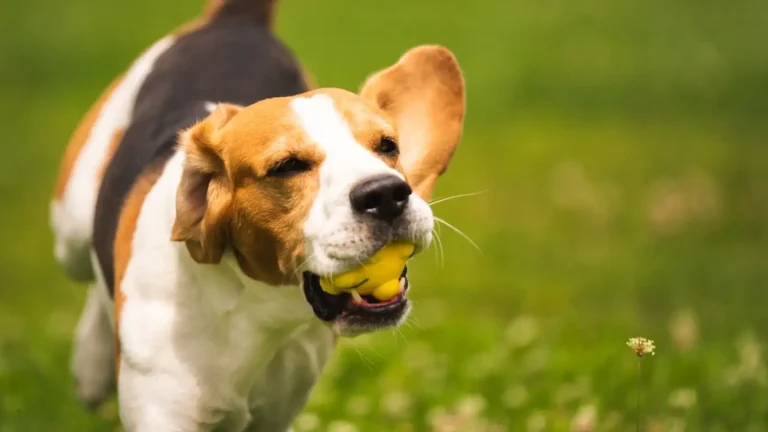How to Train a Dog to Stop Mouthing Hands: Easy Tips That Work
Getting a new puppy or young dog is exciting, but there’s one behavior many of us quickly realize can be frustrating: mouthing hands. It’s that adorable little nip or playful bite your dog gives when they’re excited or trying to interact. But let’s be real—when those playful nibbles turn into painful chomps, it’s time to take action. As a veterinary technician who’s spent years specializing in canine nutrition and overall care, I’ve seen countless pups and their humans work through this phase. The good news? Training your dog to stop mouthing hands doesn’t have to be a headache. With some patience, consistency, and a few easy tips, you can teach your dog gentle manners while strengthening your bond.
Why Do Dogs Mouth Hands in the First Place?
Before jumping into training, understanding why dogs mouth hands is key. Mouthing is a natural behavior, especially in puppies. When they’re young, pups explore the world with their mouths, just like human babies use their hands. It’s also a way for them to communicate and play. But mouthing can also mean:
- Teething discomfort: Just like toddlers, puppies feel the urge to chew and bite to relieve sore gums.
- Playfulness: Dogs use their mouths to play with their littermates, and sometimes your hands become the target.
- Attention-seeking: Some dogs mouth to get a reaction—positive or negative—from you.
- Overexcitement or stress: Mouthing can spike when a dog is too hyped or anxious.
Personally, I remember a young Labrador mix I worked with who would eagerly mouth anyone who approached. It wasn’t out of aggression but pure excitement and curiosity. Once we figured out what triggered his mouthing, it was easier to redirect his energy and teach him better habits.
Setting the Foundation: Why Consistency Matters
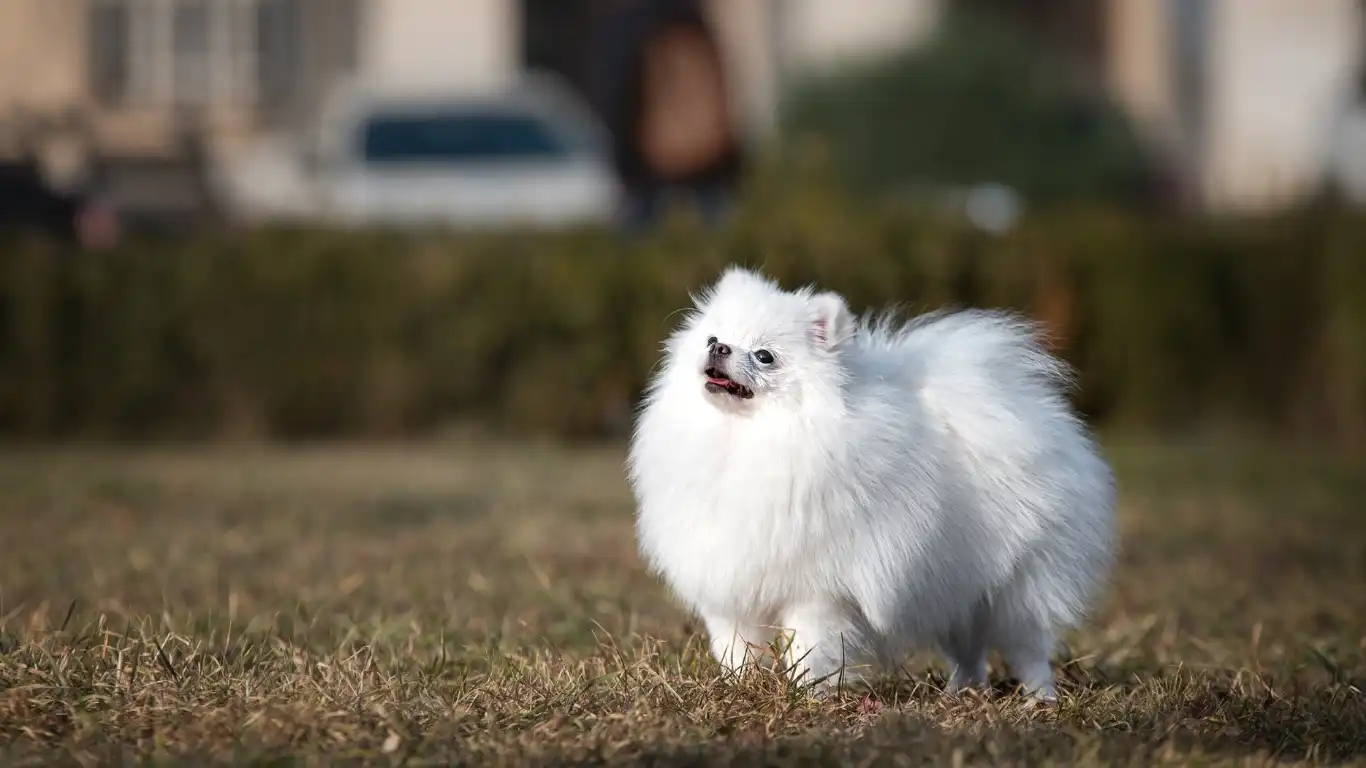
Here’s the thing: stopping mouthing isn’t about harsh punishments or instant fixes. It’s about building a clear, consistent message your dog can understand. Dogs thrive on routine and predictability. When everyone in the household follows the same rules about mouthing, your dog will learn faster what’s okay and what’s off-limits.
From my experience, one of the biggest hurdles is mixed signals. Maybe one family member thinks it’s cute, while another immediately yells “No!” This confuses the dog and slows progress. So, the first step I always recommend is to get everyone on the same page.
Tips for Consistency
- Agree on the rules: Decide how you want to handle mouthing and stick to it.
- Use the same command words: Whether it’s “No bite,” “Gentle,” or “Ouch,” keep it uniform.
- Practice regularly: Short, frequent training sessions work better than long, infrequent ones.
- Reward calm behavior: Positive reinforcement with treats or praise encourages your dog to repeat good manners.
Immediate Steps to Stop Mouthing
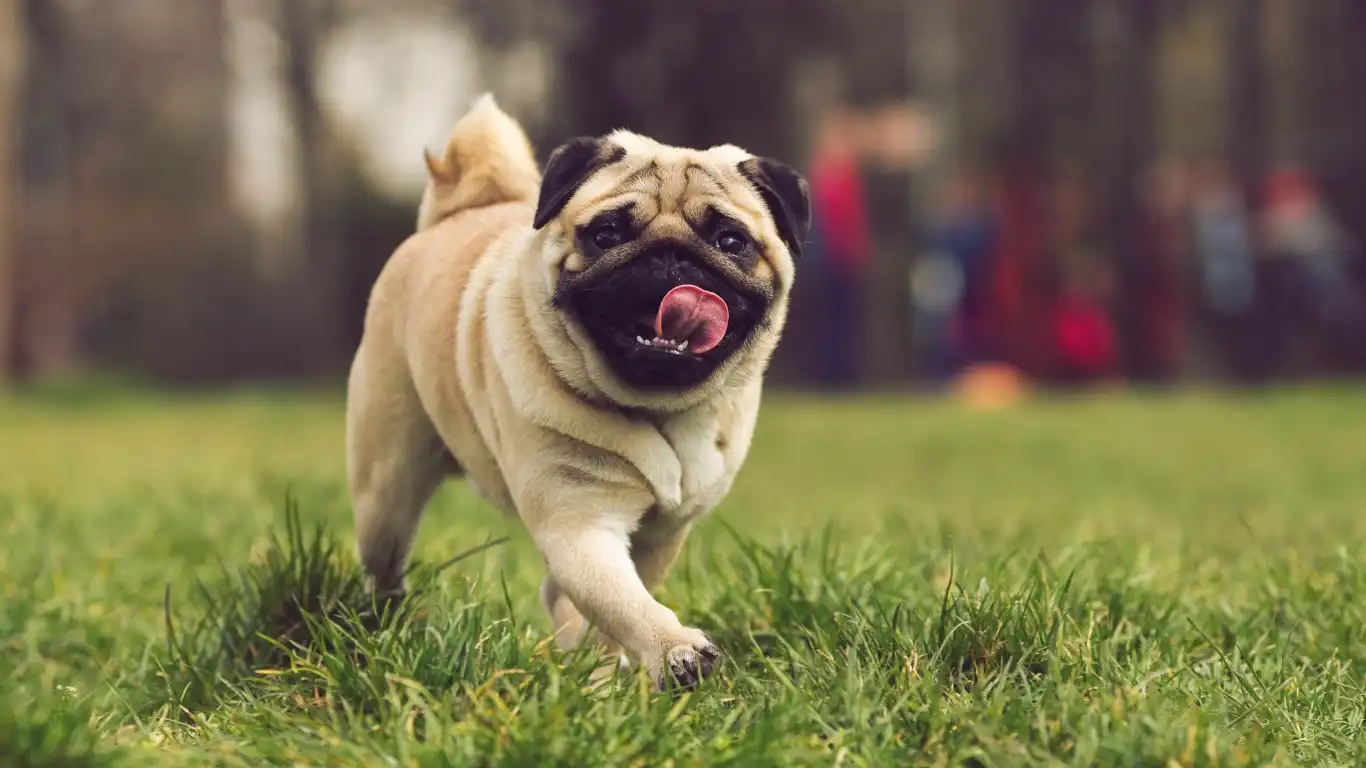
When your dog starts mouthing, the goal is to interrupt the behavior gently but firmly and redirect their attention. Here are some easy, practical things I recommend:
1. Say “Ouch” or “No” Clearly
Use a sharp, clear voice to let your dog know the bite hurts. It mimics how puppies in a litter yelp to tell their siblings to ease up. Keep your tone firm but never shout or scare them.
2. Stop Interaction Immediately
After saying your cue, pull your hand away and ignore your dog for 10-20 seconds. No eye contact, no talking, just a brief timeout. This teaches that mouthing leads to loss of attention and fun.
3. Redirect to Toys
Offer a chew toy or safe object your dog can bite instead of your hand. This is especially helpful during teething. Make sure the toy is always within reach when playtime starts.
In one of the clinics where I worked, we often advised owners to carry a few soft toys on walks or during play. When the dog got mouthy, they’d swap hands for toys. Over time, the dog learns that toys are the right thing to mouth, not people.
Patience is Key: Progress Takes Time
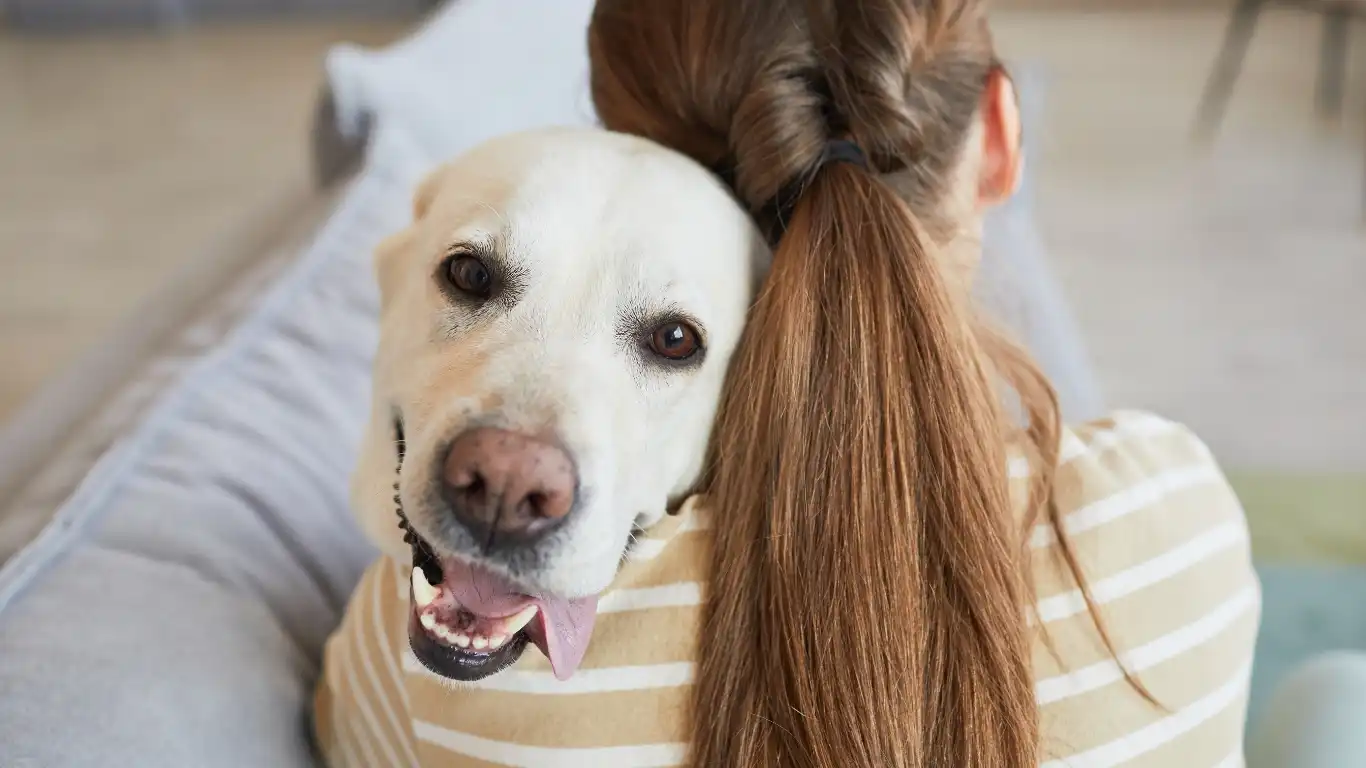
Changing mouthing habits is a process, not an instant fix. Some dogs get it quickly, while others need weeks or even months of consistent training. The secret is to stay calm, patient, and celebrate small wins.
From my time working hands-on with dogs, I’ve seen how frustration can sometimes make things worse. Dogs are sensitive and can pick up on your energy. When you’re calm and steady, your dog feels more secure and willing to learn.
Next up, we’ll dive into some advanced tips and common mistakes to avoid so you can keep moving forward with confidence.
Advanced Tips to Help Your Dog Stop Mouthing
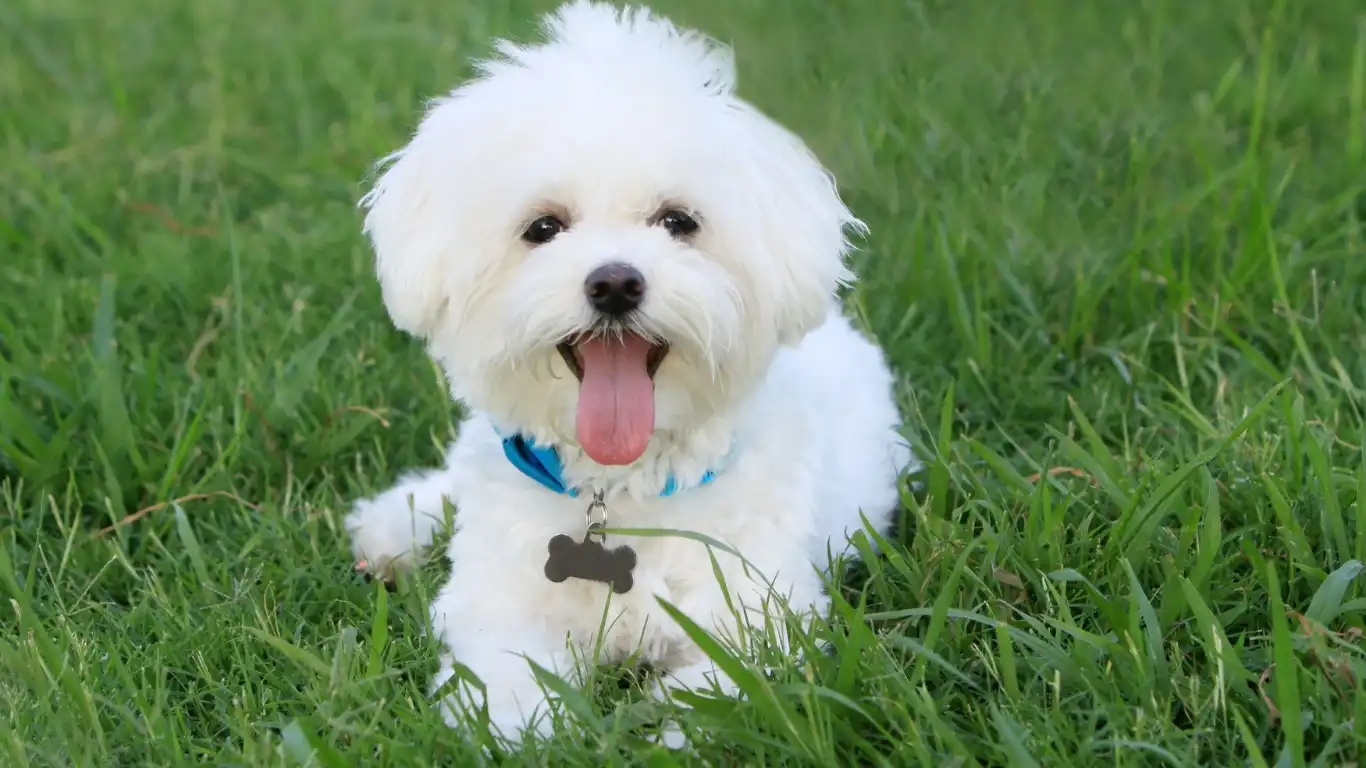
Now that you’ve laid the groundwork with basic redirection and consistency, it’s time to take things a step further. Sometimes, mouthing can persist despite your best efforts, especially with energetic or young dogs. Here are some advanced tips that have worked wonders for many dogs I’ve helped during my veterinary technician career.
Use Positive Reinforcement to Shape Behavior
One of the most effective tools in your training arsenal is positive reinforcement. This means rewarding your dog whenever they show gentle behavior around your hands. It can be as simple as a treat, a scratch behind the ears, or an enthusiastic “Good boy/girl!”
For example, when your dog stops mouthing after you say “No” and backs off, immediately praise them and give a treat. Over time, your dog will start connecting gentle mouths with good things happening. From my hands-on experience, I’ve found this approach much more effective and kinder than just punishing mouthing.
Introduce “Gentle” or “Soft Mouth” Commands
If you want to get fancy and give your dog a clear verbal cue, teaching “Gentle” or “Soft Mouth” can be a game changer. Start by offering your hand and rewarding the dog for any touch that is light and non-aggressive.
- Hold a treat in your closed hand and let your dog try to get it by mouthing lightly.
- As soon as the mouthing gets too hard, say “Ouch” and close your hand or pull it away.
- When the mouthing is gentle, say “Gentle” and open your hand to give the treat.
- Practice this consistently and eventually your dog will learn to control their bite pressure.
This technique worked well with a spirited Border Collie I once worked with — she was a bit of a mouthy tornado until her owner patiently reinforced “Gentle” daily. Now, she barely nips at all!
Common Mistakes to Avoid When Training

Training dogs isn’t always straightforward. I’ve seen plenty of good-hearted owners accidentally make mistakes that can slow progress or confuse their dog. Here’s a quick rundown of some pitfalls to watch out for:
1. Inconsistent Reactions
Like I mentioned earlier, mixed messages are a big no-no. If sometimes mouthing is ignored and other times it’s punished, your dog won’t know what you want. Make sure everyone who interacts with your dog follows the same training rules.
2. Using Your Hands as Toys
It can be tempting to play tug or wrestling games with your hands, but this often encourages mouthing. Instead, always use toys for roughhousing. This clear boundary helps your dog separate “play with toys” from “play with hands.”
3. Punishing After the Fact
Dogs live in the moment. If you wait too long to punish mouthing or respond after your dog’s already stopped, they won’t link the correction to the behavior. Immediate and clear cues are key.
4. Losing Patience
Dogs pick up on stress and frustration. If you get angry or shout, mouthing might actually increase because your dog feels anxious or overstimulated. Staying calm and using gentle corrections works much better.
How Nutrition Can Influence Your Dog’s Behavior

As someone who’s specialized in canine nutrition for years, I can’t stress enough how diet plays a subtle but important role in behavior. A well-balanced diet keeps your dog feeling good, which naturally reduces irritability and anxiety — two common triggers for mouthing.
For example, dogs lacking in essential fatty acids or certain vitamins might be more restless or prone to nervous behavior. Feeding high-quality food rich in omega-3s, antioxidants, and balanced proteins supports not only their physical health but also mental calmness.
During my clinic days, I noticed a pattern: many mouthy dogs had diets heavy in low-quality fillers and carbs, which sometimes contributed to spikes in energy and less focus during training. Switching to nutrient-dense, balanced meals often made a noticeable difference in their behavior and trainability.
Pro Tips for Nutrition and Behavior
- Choose high-quality commercial dog food or prepare balanced homemade meals after consulting your vet or a nutrition expert.
- Include supplements like fish oil (rich in omega-3) to promote brain health and reduce inflammation.
- Avoid excessive treats and table scraps that can unbalance your dog’s diet and cause hyperactivity.
- Keep fresh water available — hydration supports overall well-being and helps your dog stay calm.
Combining proper nutrition with training techniques creates a holistic approach that supports your dog’s physical and behavioral health — and ultimately, a mouthy dog who learns to be gentle and well-mannered.
Managing Mouthing in Adult Dogs and Tough Cases
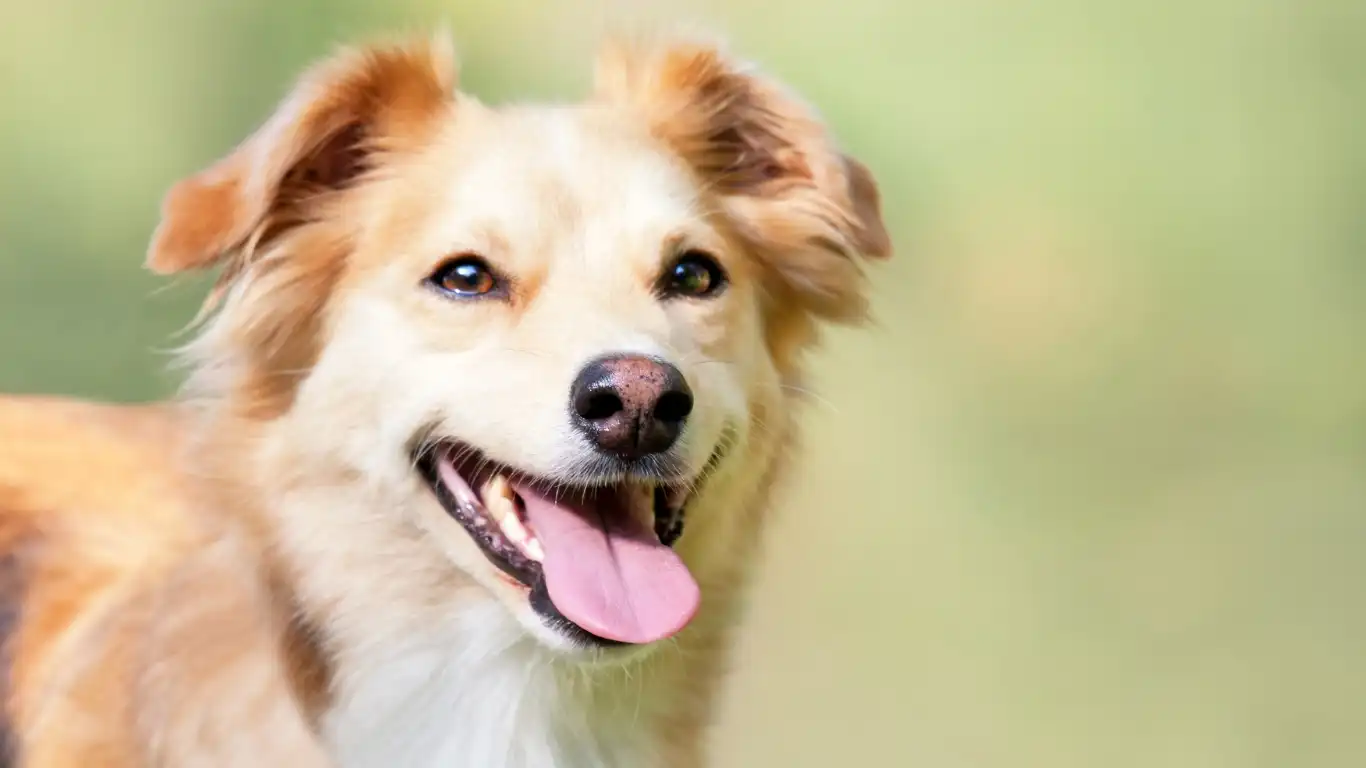
While mouthing is mostly a puppy phase, some adult dogs continue this habit due to anxiety, lack of training, or past experiences. Having worked with both puppies and adult dogs as a veterinary technician, I can tell you this: it’s never too late to teach your dog better manners. However, it might take more patience and creativity with older dogs.
Understanding Why Adult Dogs Mouth
Adult dogs may mouth due to:
- Stress or anxiety: Dogs might mouth when they’re nervous or unsure.
- Lack of proper socialization: If they missed out on learning bite inhibition as puppies.
- Excitement or play habits: Old behaviors that never got corrected.
- Medical issues: Sometimes pain or dental problems can cause mouthing or irritability.
During my years at the clinic, I encountered adult dogs who developed mouthing habits after traumatic events or changes in their environment. In these cases, a gentle and structured approach combined with vet input is key.
Techniques That Work for Adult Dogs
- Reinforce calm behavior: Reward your dog when they’re relaxed and not mouthing. This helps them learn that calmness gets positive attention.
- Use toys as outlets: Redirect mouthing impulses to toys or chew bones consistently.
- Implement time-outs: If your dog mouths, calmly end interaction for a brief period, just like with puppies.
- Consult your vet or a behaviorist: If mouthing persists, a professional can help rule out health issues or design a tailored behavior plan.
In one case, an adult dog with a history of rough play finally calmed down after his owner combined structured training with enrichment activities to burn off energy and mental stimulation.
Tips for Maintaining Long-Term Success

Stopping mouthing isn’t just about a few training sessions — it’s about maintaining good habits for the long haul. Here are some ways to keep your dog’s manners sharp and prevent mouthing from sneaking back in:
Keep Training Sessions Short and Fun
Dogs learn best when training is a game, not a chore. Short, playful sessions with lots of treats and praise help your dog stay engaged and eager to learn. I always tell owners: quality over quantity wins every time.
Provide Plenty of Exercise and Mental Stimulation
A bored dog is a mouthy dog. Daily walks, puzzle toys, and interactive play keep your dog’s brain and body busy — lowering the chance of mouthing from pent-up energy or frustration.
Stay Consistent as Your Dog Grows
Even if your dog grows out of mouthing, continue reinforcing gentle play and boundaries. This keeps good behavior consistent and prevents old habits from resurfacing during exciting moments or changes in routine.
Watch for Triggers and Manage Them
Every dog has unique triggers that can bring out mouthing. For some, it’s overexcitement during greeting; for others, it’s stress from new environments. Identifying these triggers helps you anticipate and redirect behavior before mouthing starts.
When to Seek Professional Help
Sometimes, despite your best efforts, mouthing can become a serious problem — especially if it’s aggressive or causing injuries. Don’t hesitate to get help from a professional dog trainer, veterinary behaviorist, or your vet. They can:
- Assess if underlying medical issues contribute to mouthing.
- Provide specialized training techniques tailored to your dog’s needs.
- Help you safely manage and modify your dog’s behavior.
In my veterinary career, partnering with trainers and behaviorists was often the key to helping difficult cases turn around. Remember, you’re not alone in this journey.
References
- American Veterinary Medical Association
- American Kennel Club
- Association of Professional Dog Trainers
Disclaimer
This article is intended for informational purposes only and is based on my personal experience as a veterinary technician specializing in canine nutrition and behavior. It is not a substitute for professional veterinary advice. If your dog exhibits aggressive behavior or persistent mouthing, please consult a licensed veterinarian or a certified animal behaviorist for proper evaluation and treatment.

